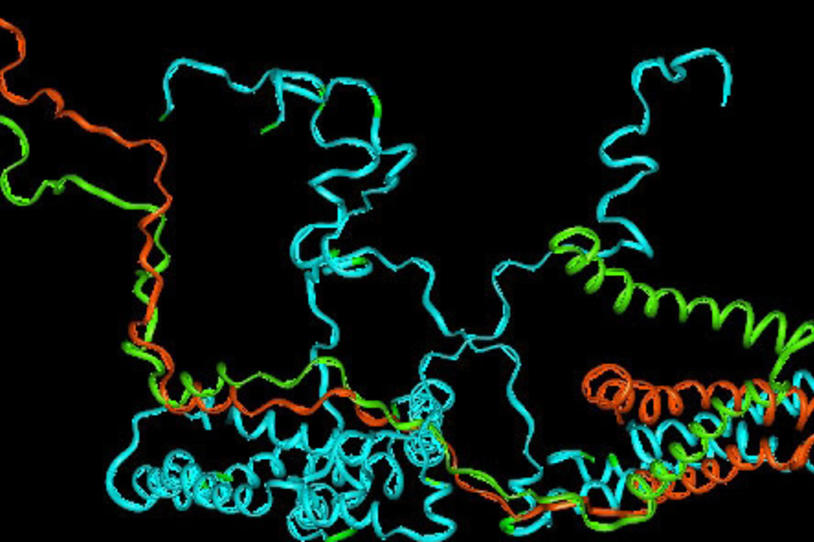
Clumps of the protein alpha-synuclein accumulate in the brains of all people with Parkinson’s disease (PD). Finding ways to break up, clear, or eliminate the toxicity of these clumps could go a long way toward finding a disease-modifying treatment for PD. For this reason, alpha-synuclein-targeted Parkinson’s drug development is currently a major focus of The Michael J. Fox Foundation, and the PD research community on the whole.
Currently, scientists don’t have any way to look at alpha-synuclein in a living brain. But being able to image alpha-synuclein in people living with Parkinson’s could go a long way toward diagnosing the disease earlier, and also, toward measuring the efficacy of drugs in clinical trials.
This is why, in 2011, the Foundation established the Consortium to Develop an Alpha-Synuclein Imaging Agent. The ultimate goal: to develop a laboratory tool called a PET radiotracer to image the distribution of alpha-synuclein in the brain (Radiotracers are substances that can identify, and follow, the movement of another substance in the body; PET, or positron emission tomography, is a scan similar to an MRI used by physicians to view certain parts of the human anatomy). In effect, seeing how alpha-synuclein works in a living Parkinson’s brain could serve as a biomarker for the disease.
Publication in the journal PlosONE represents an important milestone for the Consortium as a team of researchers found that a laboratory tool they’ve developed, called an assay, could be used to screen compounds to see if they would work as radiotracers. Basically, their assay might tell researchers if a compound they developed would successfully bind to alpha-synuclein in a way that it could trace the protein’s accumulation in the brain.
The paper marks an important early step in the Consortium’s ongoing efforts to find ways to image alpha-synuclein in the brain. Stay tuned to this space for future developments.